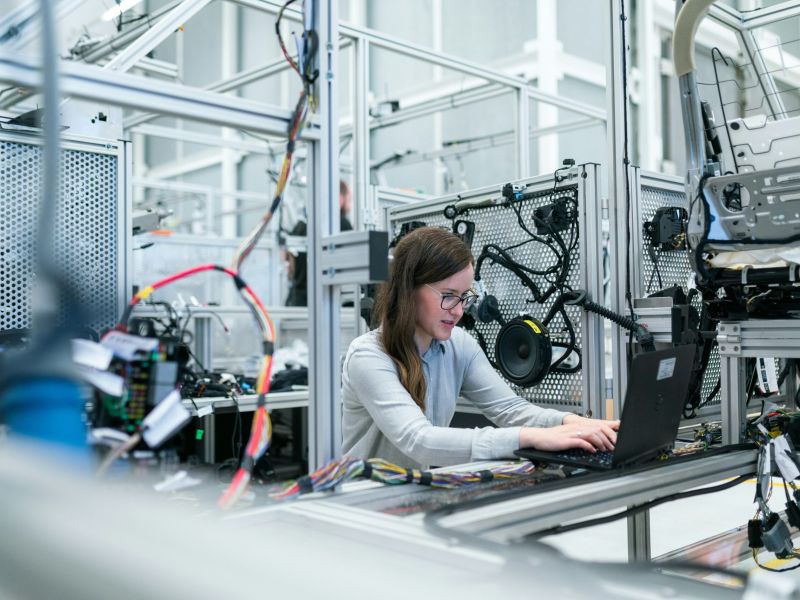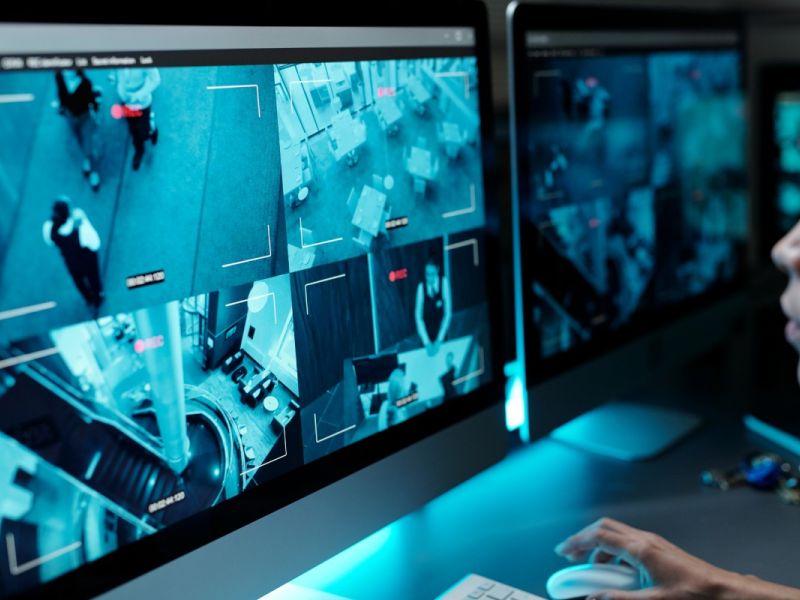How Real-Time Energy Monitoring is Changing the Way We Use Power

Introduction
In the past, energy monitoring was limited to reviewing monthly utility bills with no real sense of where energy was being used—or wasted. But with advancements in energy monitoring technology, specifically real-time solutions like Non-Intrusive Load Monitoring (NILM), both consumers and businesses can now track their energy consumption in real-time. Let’s explore how this shift to real-time data is transforming energy management, from reducing costs to promoting sustainable practices.
What is Real-Time Energy Monitoring?
Real-time energy monitoring involves tracking energy use continuously, giving users insights into their consumption as it happens. Technologies like NILM go a step further by breaking down energy use by appliance, showing exactly how much energy each device or system consumes at any given moment. Instead of waiting for a bill, users can see their energy use unfold and make adjustments instantly.
The Benefits of Real-Time Monitoring
1. Immediate Cost Savings
Real-time monitoring provides the opportunity for immediate action. By identifying high-consumption devices or patterns, users can make real-time adjustments, such as turning off unnecessary appliances or shifting usage to off-peak hours. Many households and businesses find that this level of visibility and control leads to significant monthly savings on energy bills.
2. Improved Operational Efficiency
For businesses and industries, real-time energy data offers a clearer picture of operational energy use. Managers can see where energy is being consumed most intensively, allowing them to adjust operations or shift energy-intensive activities to more efficient times. Additionally, real-time monitoring helps in spotting faulty equipment that consumes excessive energy, enabling timely maintenance.
3. Empowering Sustainable Practices
Real-time monitoring is not only about savings; it’s also about sustainability. When users are aware of their exact energy consumption, they’re more likely to adopt practices that reduce their carbon footprint. This is especially valuable for businesses aiming to meet sustainability goals and for consumers who want to make eco-friendly choices.
How NILM Technology Makes Real-Time Monitoring Possible
Traditional energy monitoring systems required each appliance to have a separate meter, which was both costly and invasive. NILM technology has changed the game by using a single sensor to analyze energy consumption across all appliances. Through advanced algorithms and AI, NILM technology can disaggregate the data, showing users which appliances are active and how much energy each one consumes—all in real-time.
Real-Time Monitoring for a Smarter Future
As real-time energy monitoring becomes more accessible, it’s setting the stage for a smarter, more energy-conscious future. By enabling immediate responses to consumption patterns, real-time data fosters a proactive approach to energy management, which is key for meeting environmental goals and controlling energy costs in a time of rising prices.
Conclusion
Real-time energy monitoring is transforming the way we think about and use energy. By providing continuous, appliance-specific insights, technologies like NILM allow consumers and businesses to reduce costs, enhance operational efficiency, and adopt sustainable practices. As we embrace this technology, we move closer to a future where every watt counts, empowering us all to make a positive impact on both our finances and the environment.





